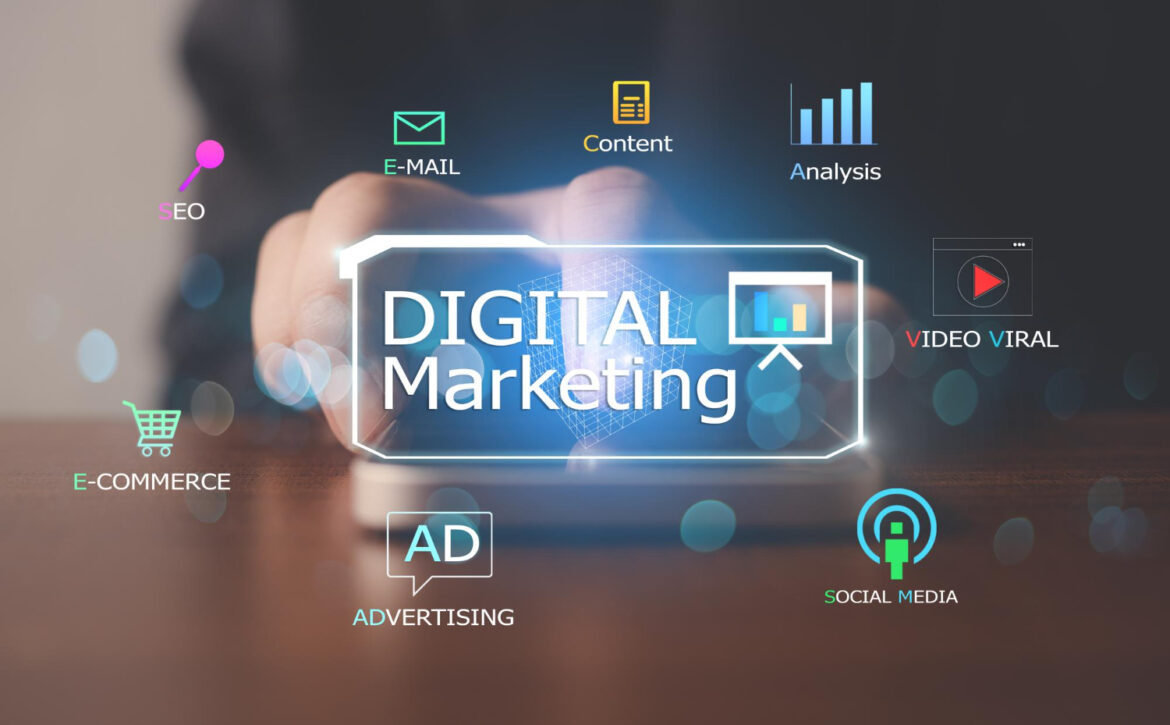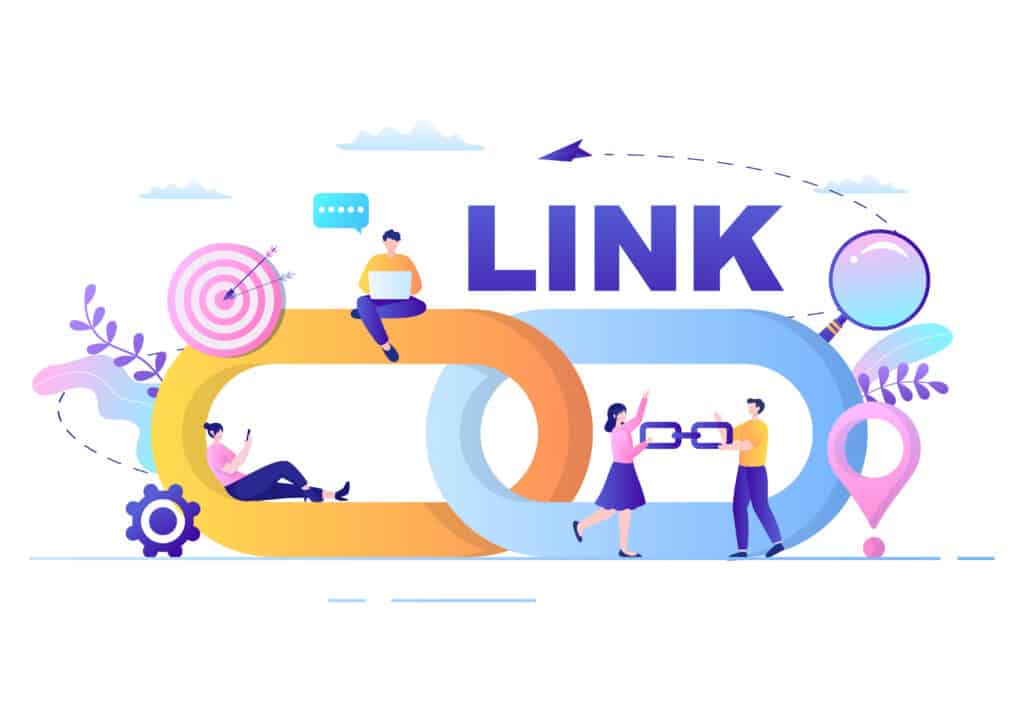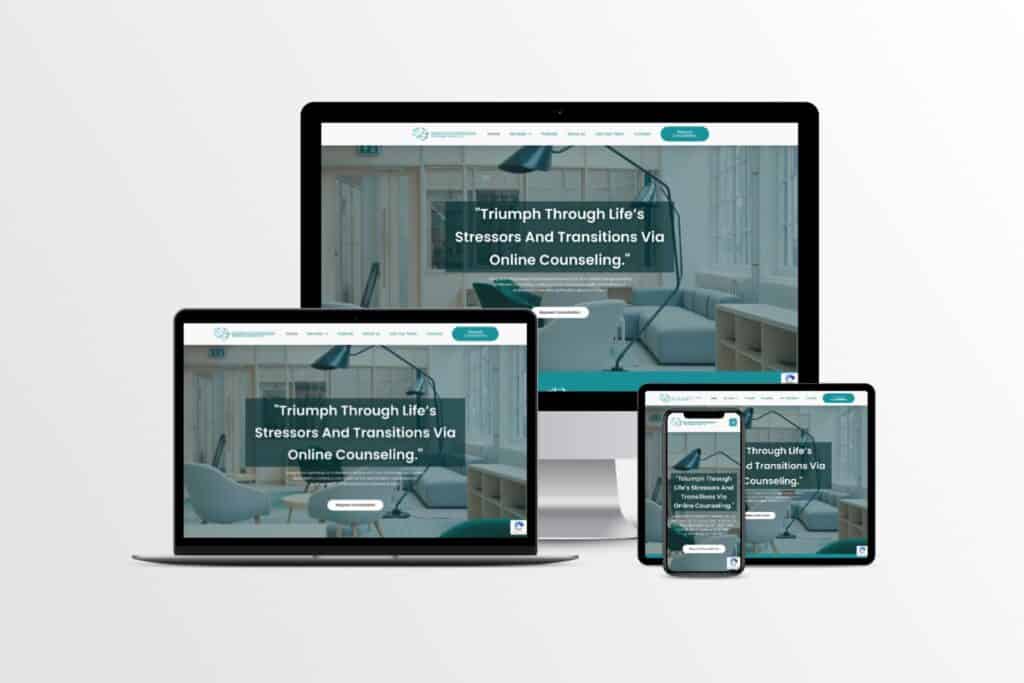How Can Modern Logo Design Boost Your Brand’s Identity?
Crafting an Impressive Brand Identity Through Modern Logos
Is your business’s visual identity making the right impression in the modern digital landscape? Your logo, the face of your brand, plays a pivotal role in shaping public perception. This blog delves deep into modern logo design and its undeniable impact on brand identity. Just how crucial is your logo in today’s fast-paced, visually-driven world? We’re about to uncover the answers. Join us to explore modern logo design’s evolution, trends, and significance in the ever-evolving realm of branding and identity.
What is Modern Logo Design?
Modern logo design represents a departure from the complex and ornate logos of the past. It’s characterized by simplicity, versatility, and adaptability. In essence, modern logos are designed with the digital age in mind, where they may appear on a variety of platforms and devices. These logos often use clean lines, minimalistic shapes, and a limited color palette to concisely convey a brand’s essence. The aim is to create an easily recognizable visual mark, whether scaled down on a mobile screen or emblazoned on a billboard. It is about distilling a brand’s identity into a sleek, memorable symbol.
Enhancing Brand Recognition
A well-crafted logo can be the key to unlocking brand recognition and ensuring that your business remains etched in the minds of your audience. This section will explore how it can significantly enhance your brand’s recognition.
Creating a Memorable and Distinct Logo
A memorable logo is one that sticks with people long after they’ve seen it. In the realm of modern logo design, simplicity often reigns supreme. A clean, uncluttered logo is easier for the human brain to process and remember. Think of iconic logos like Apple’s bitten apple or Nike’s swoosh—these are simple yet instantly recognizable. Modern logos prioritize minimalism, using fewer elements to convey a strong and clear message.
Moreover, a distinct logo sets your brand apart from the competition. It gives your business a unique visual identity that helps consumers differentiate your products or services from others in the market. This distinctiveness fosters a sense of trust and reliability, making it more likely that customers will choose your brand.
The Impact of Color Psychology in Modern Logos
Color plays a pivotal role and can significantly influence how people perceive your brand. Each color carries its own set of emotions and associations. For example, red can evoke feelings of passion and excitement, while blue often represents trust and dependability.
In the world of branding, it’s essential to choose colors that align with your brand’s values and the emotions you want to evoke in your audience. Modern logos carefully select color palettes that resonate with their target demographic. For instance, a children’s toy company might opt for bright, playful colors, while a financial institution might choose more subdued, trustworthy hues.
Harnessing the psychology of color maximizes its potential to create a lasting and positive impression on consumers, thereby boosting brand recognition and identity.
Elements of Modern Logo Design
When it comes to modern logo design, designers carefully consider several key elements to ensure the logo effectively boosts a brand’s identity. Let’s explore four of these essential elements:
- Simplicity: Less is often more in modern logo design. Simplicity is a hallmark element that aims to convey the essence of your brand with clean lines, minimalistic shapes, and uncluttered aesthetics. A simple logo is not only visually appealing but also memorable and versatile, making it easily adaptable across various platforms and sizes.
- Versatility: Modern logos are designed with adaptability in mind. They should look just as stunning on a business card as on a billboard. Achieving this level of versatility requires carefully considering how your logo scales, both up and down while retaining its visual impact. Versatile logos ensure consistent brand representation across all touchpoints.
- Color Psychology: Colors play a significant role in modern logo design, as they can evoke specific emotions and perceptions. Choosing the right color palette is crucial to convey your brand’s personality and resonate with your target audience. Whether it’s the trustworthiness of blue, the energy of red, or the freshness of green, modern logos harness color psychology to make a lasting impression.
- Uniqueness: In a crowded marketplace, your logo should be unmistakably yours. It encourages uniqueness through innovative concepts, custom typography, and creative symbols or icons. Crafting a distinct and memorable logo helps your brand leave a lasting imprint in the minds of consumers.
These four elements – simplicity, versatility, color psychology, and uniqueness – are the building blocks of modern logo design. When combined strategically, they form a logo that boosts your brand’s identity and helps it thrive in today’s competitive business environment.

The Process of Modern Logo Design
Modern logo design is a meticulous process requiring creativity, strategy, and design expertise. Let’s uncover the key steps involved in crafting a logo that can elevate your brand’s identity:
- Discovery and Research: The journey begins with understanding your brand’s essence, values, and target audience. Designers conduct thorough research to gain insights into your industry, competitors, and trends. This initial phase helps in creating a solid foundation for the design process.
- Conceptualization and Sketching: With insights, designers start brainstorming and sketching ideas. This stage is where the creative juices flow freely. Various concepts, fonts, colors, and symbols are explored. It’s a process of trial and error until the perfect concept emerges.
- Digital Design: Once a promising concept is selected, it’s time to bring it to life digitally. Designers use specialized software to refine the logo’s details, ensuring it’s scalable and versatile for various applications, from business cards to billboards.
- Feedback and Iteration: Collaboration is key in modern logo design. Designers present their concepts to you for feedback and refinement. This iterative process may involve multiple revisions to fine-tune the logo until it aligns perfectly with your brand’s identity and vision.
Adaptability in the Digital Age
Consumers interact with brands across many platforms and devices, so the adaptability of your logo is paramount. A modern logo design needs to look great on a storefront sign, a smartphone screen, or a social media profile picture. Here, we’ll explore why adaptability is key and how it caters to various digital platforms while maintaining clarity and impact.
The Importance of Responsive and Adaptable Logos
Responsive web design isn’t limited to websites alone. Your logo should also be responsive. Why? Because it ensures your brand’s consistency and professionalism across the digital landscape. Responsive logos are designed to scale gracefully, whether they’re displayed on a large desktop monitor or a tiny app icon. This adaptability means your logo remains recognizable and maintains its visual integrity, regardless of where it appears.
Modern Logo Design for Various Digital Platforms
Different digital platforms have their unique requirements for logo size, shape, and format. For instance, the dimensions and aspect ratios for a logo on Instagram differ from those on LinkedIn. It considers these variations during the initial design phase, ensuring your logo always looks its best, no matter where it’s showcased.
Maintaining Clarity and Impact in Different Contexts
One of the challenges of digital branding is the diverse contexts in which your logo will be seen. From a high-resolution display to a low-res favicon, your logo should maintain its clarity and impact. Modern logo designers pay meticulous attention to detail, crafting versatile logos to shine in any context. This versatility reinforces your brand’s image and ensures that it consistently makes a strong impression.

Current Trends in Logo Design
A brand’s logo is its signature, its visual ambassador to the world. In the dynamic realm of modern logo design, staying up-to-date with the latest trends is crucial to ensure your brand remains relevant and resonates with your target audience. Let’s dive into the current trends shaping the world of logo design:
- Minimalism: Less is often more in modern logo design. Minimalist logos strip away unnecessary elements, focusing on simplicity, clean lines, and negative space. This approach creates memorable and versatile logos that adapt well to various platforms and sizes.
- Flat Design: Flat logos have gained popularity due to their simplicity and compatibility with digital media. They feature two-dimensional, unembellished graphics, eschewing shadows and gradients. The flat design lends itself to clarity and scalability.
- Geometric Shapes: Geometric shapes are increasingly used to create visually appealing logos. Circles, triangles, and hexagons can convey specific meanings and evoke emotions, making them valuable design elements.
- Retro and Vintage Revival: Nostalgia often resonates with consumers. Brands are revisiting retro and vintage design styles to evoke feelings of authenticity and timelessness.
Balancing Trends with Timeless Design Principles
While staying on-trend is important, it’s equally crucial to maintain the integrity of your brand’s identity over time. Achieving this balance between modernity and timelessness involves:
- Understanding Your Brand: Your logo should reflect your brand’s core values and mission. Ensure that modern design trends align with your brand’s identity and messaging.
- Future-Proofing: Consider how your logo will age. A logo that relies too heavily on a fleeting trend may need to be updated quickly, necessitating costly redesigns.
- Scalability: Ensure your logo looks great across all sizes, from a tiny app icon to a large billboard. Modern design trends should enhance, not hinder, this scalability.
A modern logo isn’t just about aesthetics; it’s a strategic tool that effectively communicates your brand’s personality and values. The process ensures that every element of your logo is carefully crafted to leave a lasting impression on your audience and boost your brand’s identity.
A well-crafted logo serves as the visual cornerstone of your business, leaving a lasting impression on customers. It encapsulates your brand’s values, ethos, and uniqueness in a single symbol, making it instantly recognizable in a crowded market. Modern logo design’s minimalist, versatile, and timeless qualities ensure that your brand remains relevant and adaptable. So, as you embark on your branding quest, remember that a thoughtfully designed logo can be the key to unlocking your brand’s potential. For inquiries and assistance in creating a modern logo that resonates with your audience, don’t hesitate to contact us at 760-383-3591—we’re here to help you make your mark in the digital age.





















